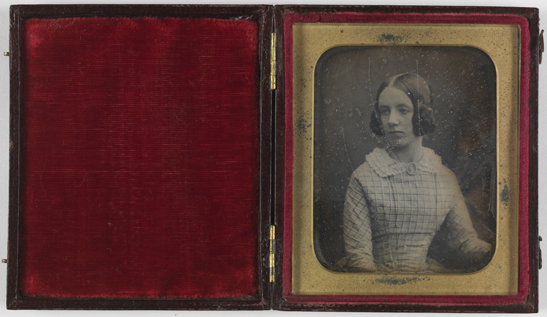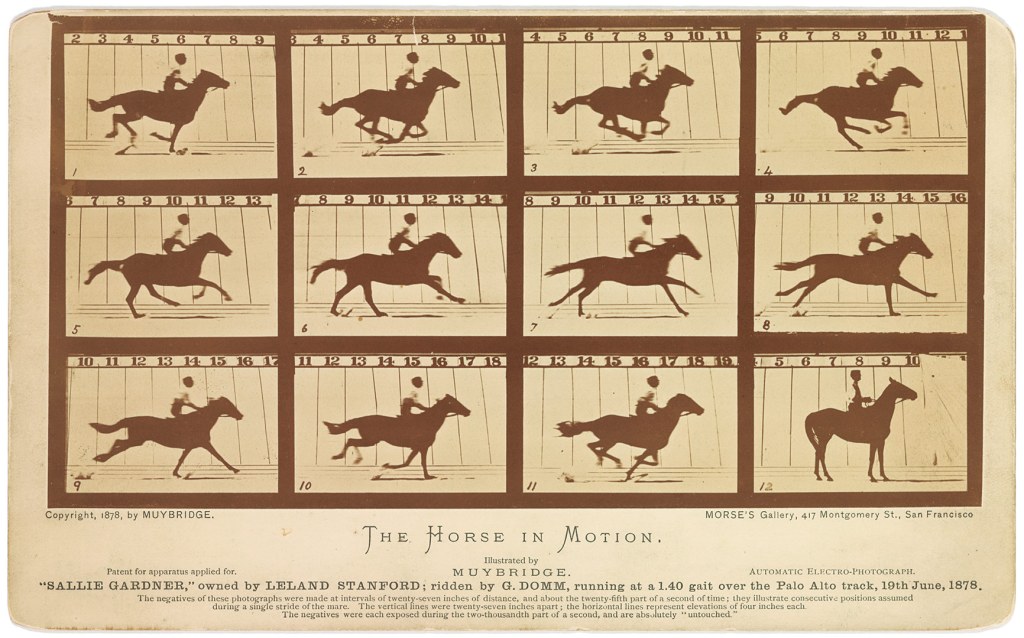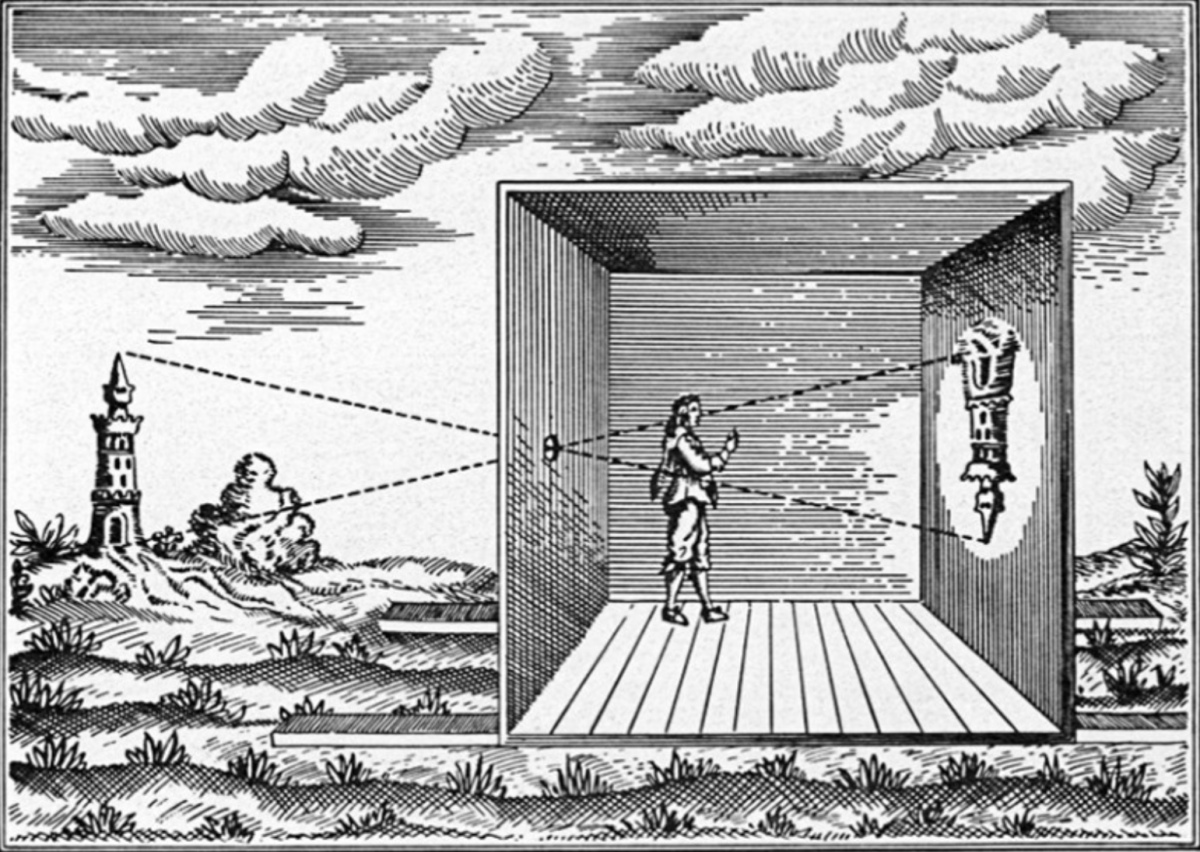What is Camera Obscura?

Camera obscura is an optical phenomenon that is simple to create but can produce breathtaking results. It occurs when a small hole in a dark room/enclosed space (or a small hole in whatever is covering a window) allows a tight beam of light to enter the room which projects a reversed and inverted image on the other side of the dark room/space. It is also referred to as a pinhole image.

How do Daguerrotypes differ from Henry Fox-Talbot’s photographic process?
In Daguerre’s process the image is exposed directly onto a mirror-polished surface. The daguerreotype had some limitations, the reflective surface of the image could only be viewed from certain angle. The process also only produced a one-of-a-kind image that did allow for printing duplicate images.

In Talbot’s process the image is first exposed onto paper as a negative image produced as a negative image, it is then placed against another coated sheet of paper, producing a positive image. As Talbot’s paper copies where printed from a negative image, many copies could be created from one image. Talbot’s method became the basis of 19th and 20th century photography.

What is Eadweard Muybridge best known for?
Muybridge is known as a pioneer in photographic studies of motion and in motion-picture projection. He carried out an experiment to prove that a horse lifts all four of their hooves from the ground when galloping. He did this by placing 24 cameras with electric shutters in a row, which would be triggered in sequence, 4 every second capturing images as a horse passed by. These photos were the first source of accurate information regarding the galloping of a horse, but also showed that a camera has the ability to allow humans to see things faster than our own eyes, and to break down the world and dissect motion.

